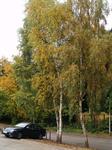 DECIDUOUS TREES - HOME STUDY COURSE
DECIDUOUS TREES - HOME STUDY COURSE
- Learn about the major decidous tree groups
- Become an expert on decidous trees
- Save time and money by home study
- Extend your knowledge and confidence
- Save money by making the right choices - choose plants that are right
- Course suitable for horticulturalists and those wanting to create more energy efficient homes with deciduous trees
Not only are deciduous trees beautiful, but they play an important role in providing summer shade and winter sun.
Deciduous Trees are widely planted in both hemispheres. They are very important for both amenity horticulture and forestry. This course is a great foundation study for new or experienced horticulturists, landscapers, arborists, nursery workers, gardeners, parks managers; or anyone else concerned with the selection, propagation, care, maintenance or harvesting of deciduous trees.
There is such a range of uses for these beautiful additions to a garden, and this detailed course provides specialist knowledge. The course will provide specialised information on these trees; which arms you with a great resource, either for your own garden, or others’ gardens.
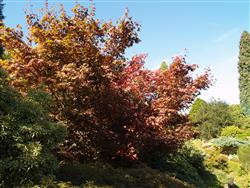
Lesson Structure
There are 8 lessons in this course:
- Introduction
- Taxonomy
- Planting
- Plant Selection
- Soils
- Nutrition and Fertilisers
- Pruning
- Propagation
- Maple (Acer)
- Introduction
- Propagation
- Culture
- Pest and Disease
- Species and Cultivars
- Growing Acers in Pots
- What affects foliage Colour Changes
- Birch (Betula)
- Characteristics of the Betulaceae Family
- Betula genus overview
- Commonly Cultivated Betula species and cultivars
- Betula species not commonly grown
- Birch Propagation; cuttings, layering, seed, grafting
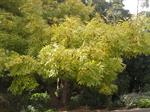 Ash (Fraxinus)
Ash (Fraxinus)
- Introduction
- Fraxinus sub groups; sub genus Ornus, sub genus Fraxinaster
- Variations in leaf colour
- Selected cultivars
- Less commonly cultivated species
- Culture; pests, disease, propagation, etc
- Oak (Quercus)
- Overview of genus Quercus
- Species and Cultivars
- Culture
- Prunus
- Overview of the genus Prunus
- Culture
- Cultivars and Species
- Plums
- Apricot
- Prunus persicae (Peach and Nectarine)
- Cherry
- Prunus Propagation
- Other Deciduous Trees
- Alnus
- Cedrella
- Lagerstroemia
- Liriodendron
- Liquidambar
- Magnolia
- Malus
- Platanus
- Populus
- Pyrus (Pear)
- Salix
- Sambacus
- Syringia
- Ulmus (Elm)
- Special Project
Each lesson culminates in an assignment which is submitted to the school, marked by the school's tutors and returned to you with any relevant suggestions, comments, and if necessary, extra reading.
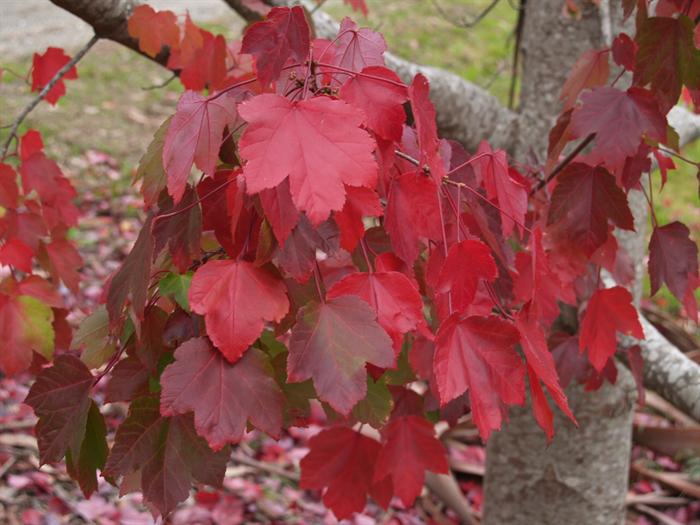
Aims
- Review foundation knowledge in plant identification and culture as needed to properly build expertise specific to deciduous trees
- Develop knowledge in classification, identification and culture of plants, from the genus Acer.
- Develop knowledge in classification, identification and culture of plants, from the genus Betula
- Develop knowledge in classification, identification and culture of plants, from the genus Fraxinus.
- Develop knowledge in classification, identification and culture of plants, from the genus Quercus.
- Develop knowledge in classification, identification and culture of plants, from the genus Prunus.
- Review a range of other significant deciduous tree genera not covered previously in this course.
- Plan the establishment of a collection of different cultivars of deciduous trees suited to growing in a specified locality.
WHAT MAKES FOLIAGE CHANGE COLOUR IN AUTUMN?
Deciduous plants shed their leaves in autumn or early winter, and are fully or partially devoid of foliage over the colder months of the year. This is an adaptation that allows the plant to better survive unfavourable conditions (such as extreme cold).
Over the senescence period, tissue at the leaf base progressively dies, until finally a complete section of tissue between the leaf and the stem is dead (At this point there is nothing left to hold the leaf to the stem; so it detaches and drops to the ground).
As senescence occurs, the amount of chlorophyll in the leaf (which gives it the normal green colour) reduces. Chlorophyll is actually only one of many pigments that generally occur in leaves; but it is usually the strongest pigment, and for that reason alone, most leaves usually appear green if the plant is healthy.
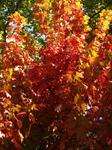
Other types of pigment chemicals commonly found in leaves include:
Generally Carotenoids also decompose rapidly in Autumn, but Anthocyanins break down much more slowly.
Often Anthocyanins can still be at close to 100% normal levels when only 40% of normal chlorophyll and carotenoids remain.
Anthocyanins are produced through chemical processes, from excess sugars in the leaves, particularly in the presence of bright light. In view of this fact; the level of anthocyanins will be stronger if the plant has been actively photosynthesising (producing sugars) over summer, combined with lots of bright autumn days (if weather is frequently overcast and dull in late summer and autumn; the production of anthocyanins is decreased).
Lower temperatures in autumn reduce the movement of sugar around the leaf, so if the weather changes from warm to cool fast, the leaf sugar remains high and anthrocyanins build up; otherwise the levels of these pigments might not be so high.
High levels of anthocyanins will generally result in more vivid autumn foliage colours.